
Senior physics writer Emily Conover joined Science News in 2016. She has a Ph.D. in physics from the University of Chicago, where she studied the weird ways of neutrinos, tiny elementary particles that can zip straight through the Earth. She got her first taste of science writing as a AAAS Mass Media Fellow for the Milwaukee Journal Sentinel. She has previously written for Science Magazine and the American Physical Society. She is a two-time winner of the D.C. Science Writers’ Association Newsbrief award, and a winner of the Acoustical Society of America’s Science Communication Award.

Trustworthy journalism comes at a price.
Scientists and journalists share a core belief in questioning, observing and verifying to reach the truth. Science News reports on crucial research and discovery across science disciplines. We need your financial support to make it happen – every contribution makes a difference.
All Stories by Emily Conover
-
 Physics
PhysicsTechnique to see the ultrafast world of electrons wins 2023 physics Nobel
Physicists Pierre Agostini, Ferenc Krausz and Anne L’Huillier won for work creating light bursts that last billionths of a billionth of a second.
-
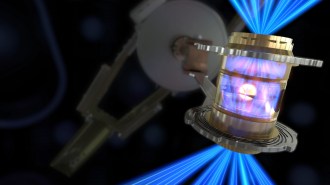 Physics
Physics50 years ago, scientists dreamed of lasers that could kick off nuclear fusion
In the 1970s, lasers that could initiate nuclear fusion were a distant dream. Now, scientists are using such lasers to achieve fusion “ignition.”
-
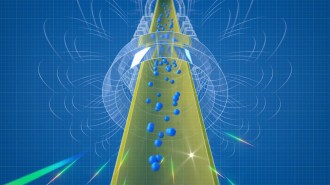
Antimatter falls like matter, upholding Einstein’s theory of gravity
In a first, scientists dropped antihydrogen atoms and measured how they fell.
-
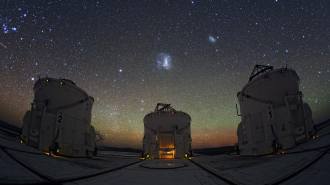 Astronomy
AstronomyAstronomers call for renaming the Magellanic Clouds
Explorer Ferdinand Magellan is not a fitting namesake for the pair of satellite galaxies of the Milky Way, a group of scientists argues.
-
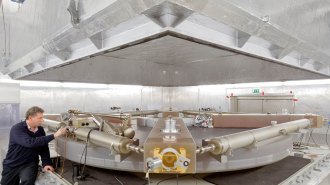 Physics
PhysicsA laser gyroscope measured tiny variations in the lengths of days on Earth
An underground gyroscope known as ‘G’ uses laser beams traveling in opposite directions to precisely measure Earth’s rotation.
-
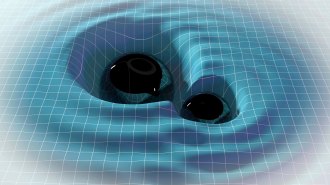 Physics
PhysicsScientists have two ways to spot gravitational waves. Here are some other ideas
From lasers in space to falling atoms on Earth, researchers are cooking up ways to sense gravitational waves that current methods can’t detect.
-
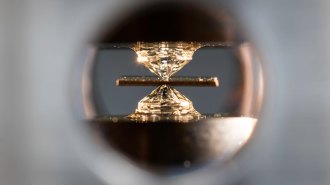 Physics
PhysicsSuperconductor research surges forward despite controversy over stunning claims
After retractions from Ranga Dias’ group, high-pressure physicists are feeling the squeeze, fearing the controversy will tarnish other research.
-
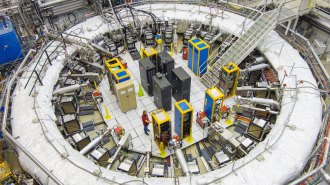 Particle Physics
Particle PhysicsThere’s a new measurement of muon magnetism. What it means isn’t clear
The measurement, from the Muon g−2 experiment, is the most precise yet. But recent theoretical predictions are a bit muddled.
-
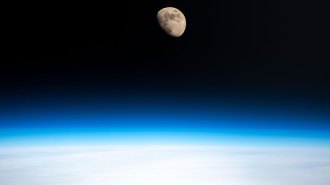 Physics
PhysicsMass has different definitions. The moon’s orbit confirms two are equivalent
Laser measurements of the moon’s orbit square with Newton’s third law of motion and Einstein’s theory of gravity.
-
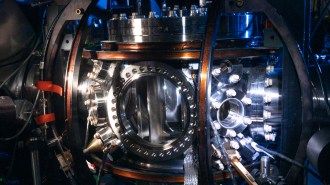 Physics
PhysicsElectrons are extremely round, a new measurement confirms
The near-perfect roundness deepens the mystery behind how the universe came to be filled with matter as opposed to antimatter.
-
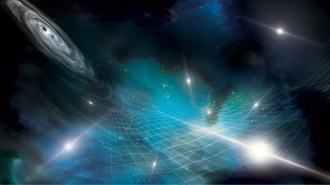 Astronomy
AstronomyA newfound gravitational wave ‘hum’ may be from the universe’s biggest black holes
Scientists reported evidence for a new class of gravitational waves, likely created by merging supermassive black holes.
-
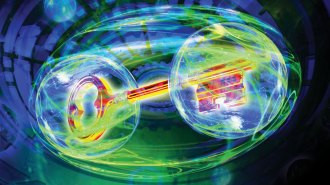 Quantum Physics
Quantum PhysicsQuantum computers could break the internet. Here’s how to save it
Today's encryption schemes will be vulnerable to future quantum computers, but new algorithms and a quantum internet could help.